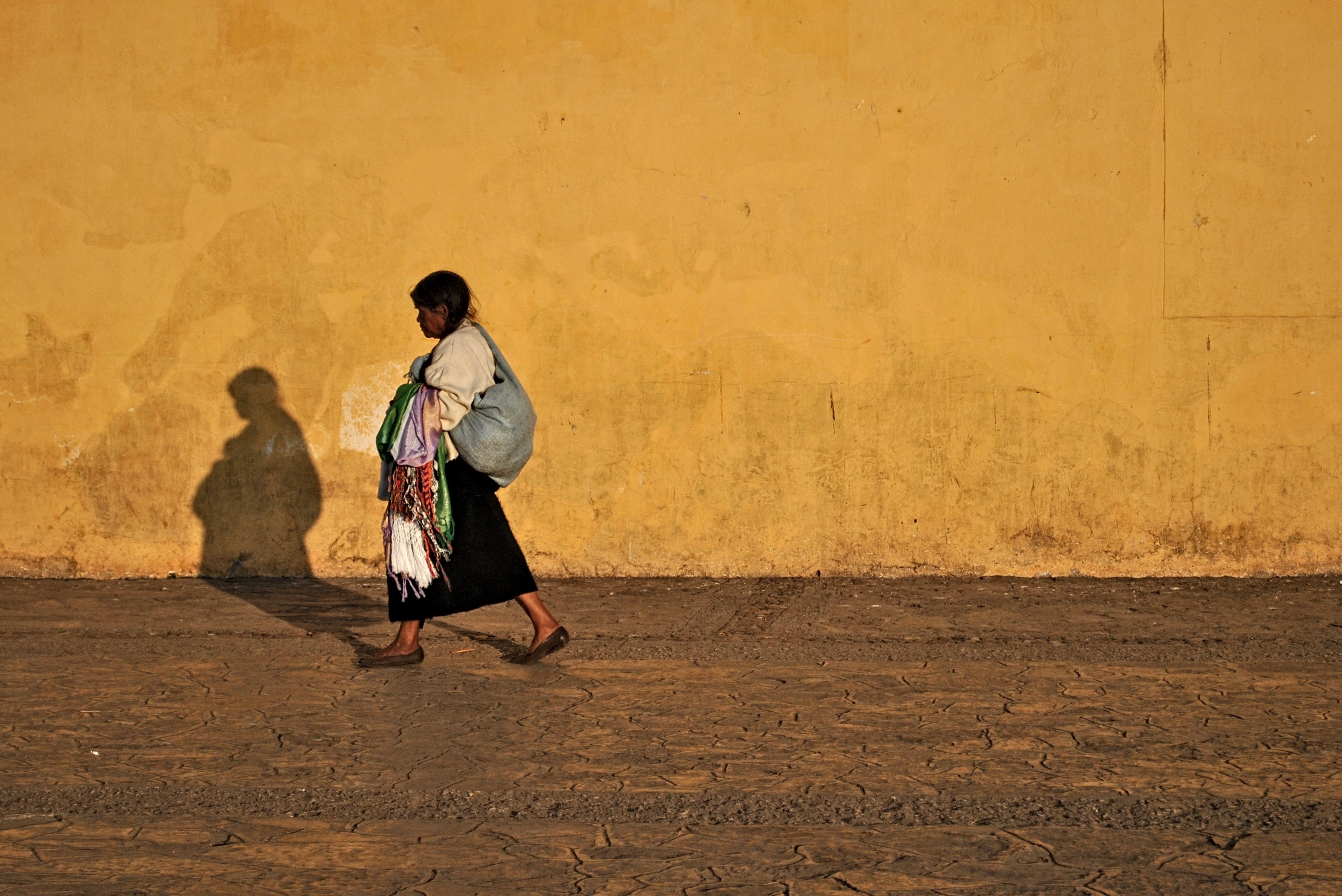Origin
The origin of our lovely handcrafted cushions lies in Chiapas and Tenango de Doria.
Chiapas:
Chiapas embroidery is a traditional Mexican embroidery technique that dates back to pre-Columbian times. The embroidery is characterized by its intricate designs and vibrant colors, which are used to tell stories and convey messages.
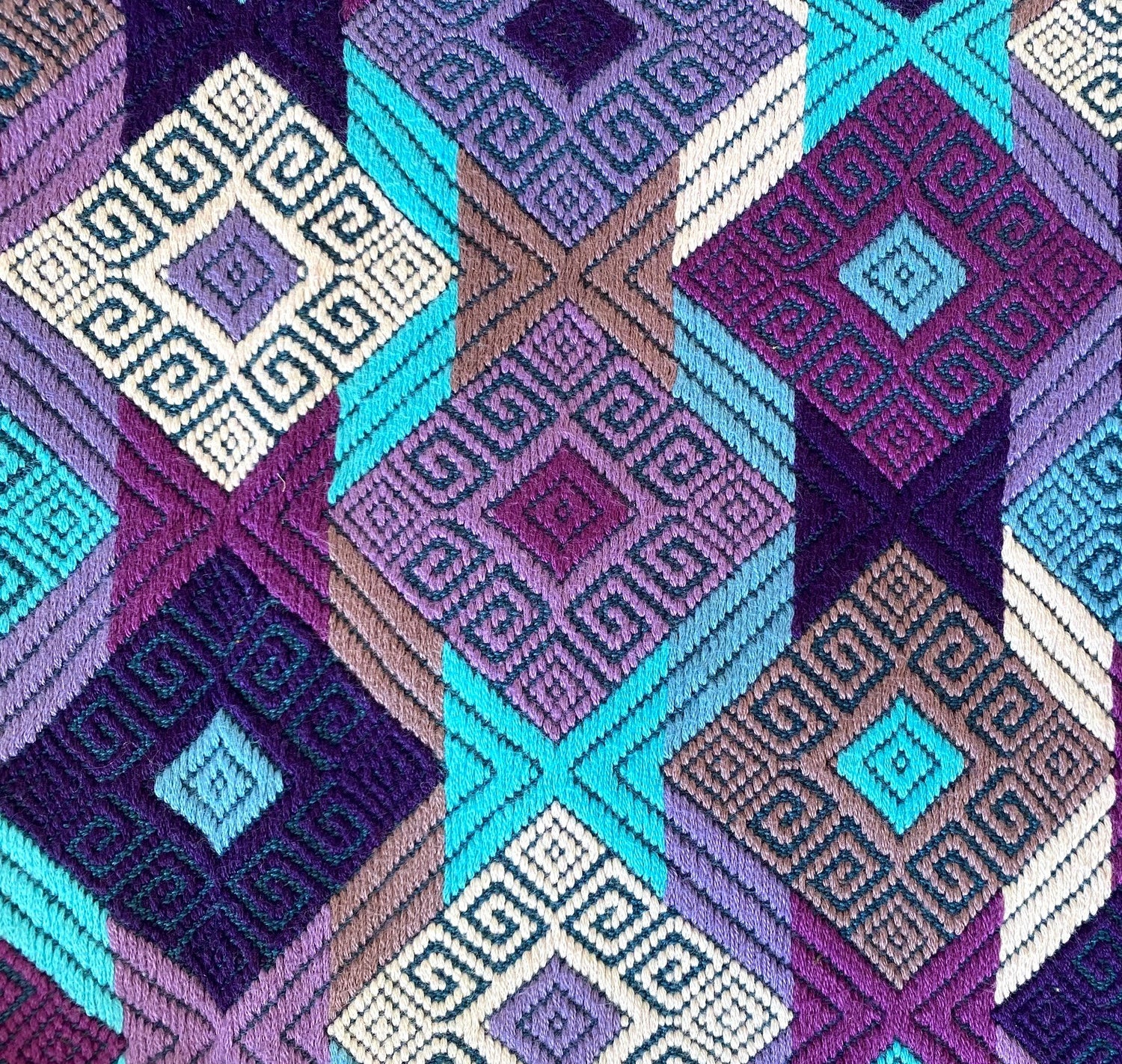
The symbols used in Chiapas embroidery are deeply rooted in the region's indigenous culture and traditions, and each has a specific meaning. For example the "geometric shapes": diamonds represent the earth, and triangles signify the sky. The diamond shape often appears as a central motif in embroidery and symbolizes the sacred mountain where the gods reside.
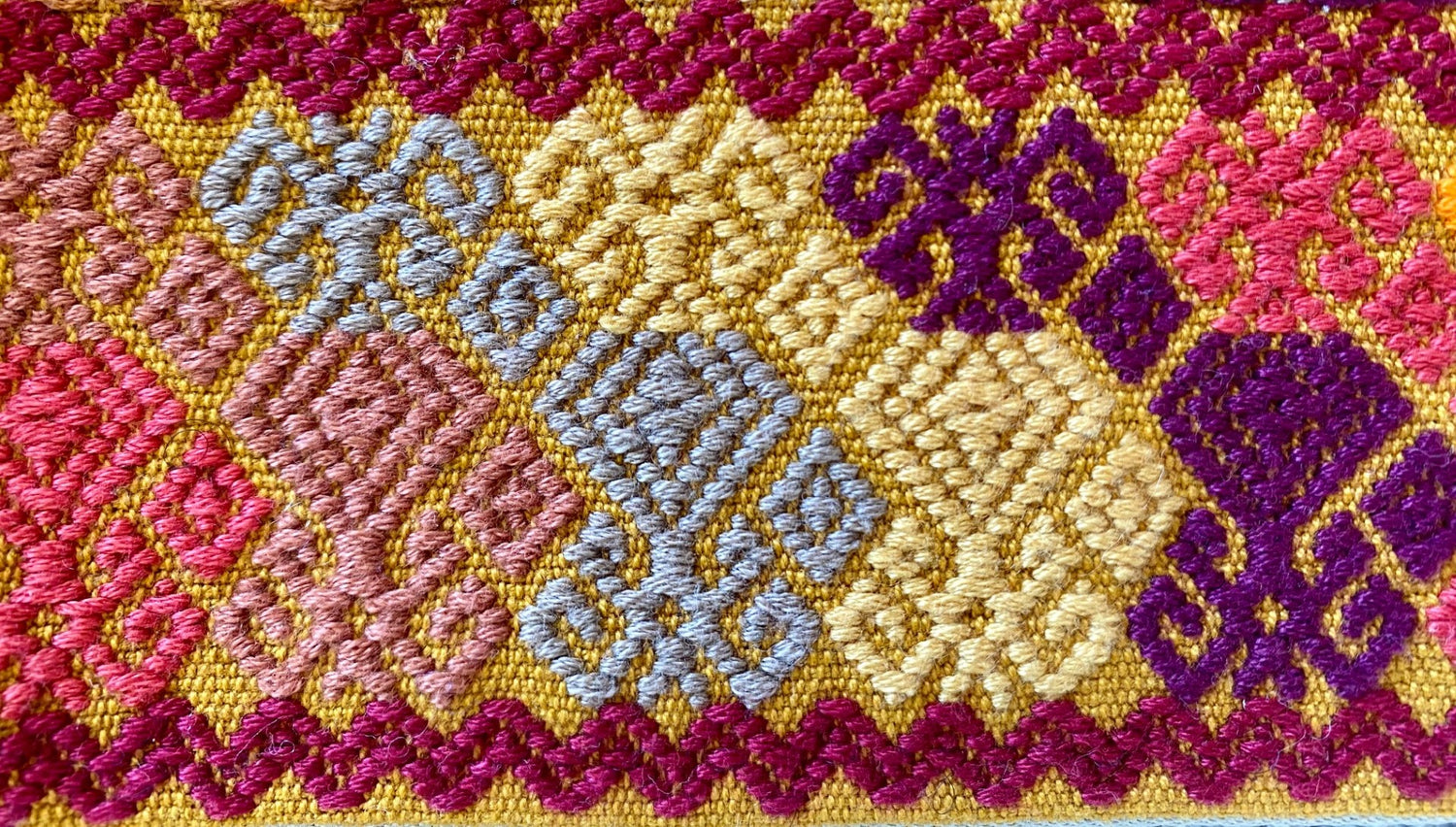
The zigzag line represents the movement of water and the lightning bolt, which is a symbol of power and energy, often associated with the divine. Undulating designs, often called snake or flower, symbolize the fertile earth with its abundance of holy plants and animals. Patterns with three vertical lines connote the ancestors or the trickster monkeys.
Other geometric shapes used in Chiapas embroidery include circles, which represent the sun, and crosses, which symbolize the four cardinal directions. Each of these shapes and symbols in Chiapas embroidery carries with it a rich cultural heritage and spiritual significance.
The embroidery is typically done by hand using cotton or silk thread and can take weeks or even months to complete. Today, Chiapas embroidery is highly valued for its beauty, cultural significance, and the skill and dedication required to create it.
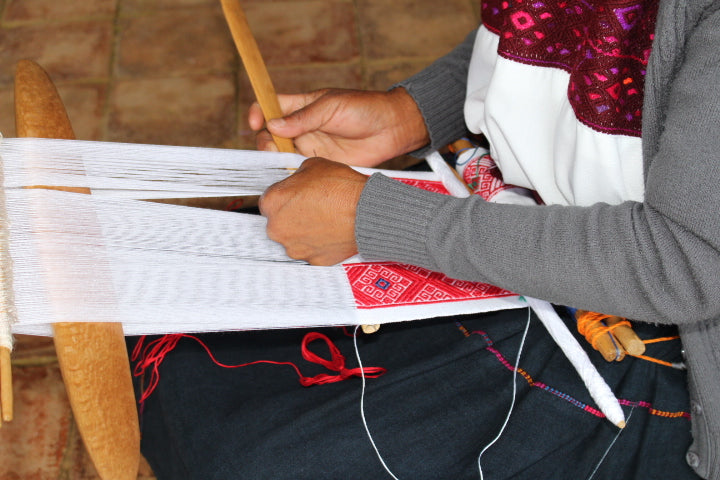
About the Technique:
The backstrap loom technique used in Chiapas is special because it is a traditional weaving technique that has been passed down through generations of Mayan women.
The loom is simple and portable, and the weaver sits with her back against a tree or post, using her body to control the tension of the warp. This technique allows for intricate designs and patterns to be woven with great precision, and it is often used to create textiles with rich cultural meaning.
The backstrap loom technique also supports the local economy, as it is often used by indigenous women to supplement their family's income. Overall, the technique is an important part of Chiapas' cultural heritage and an integral part of the community's social and economic fabric.
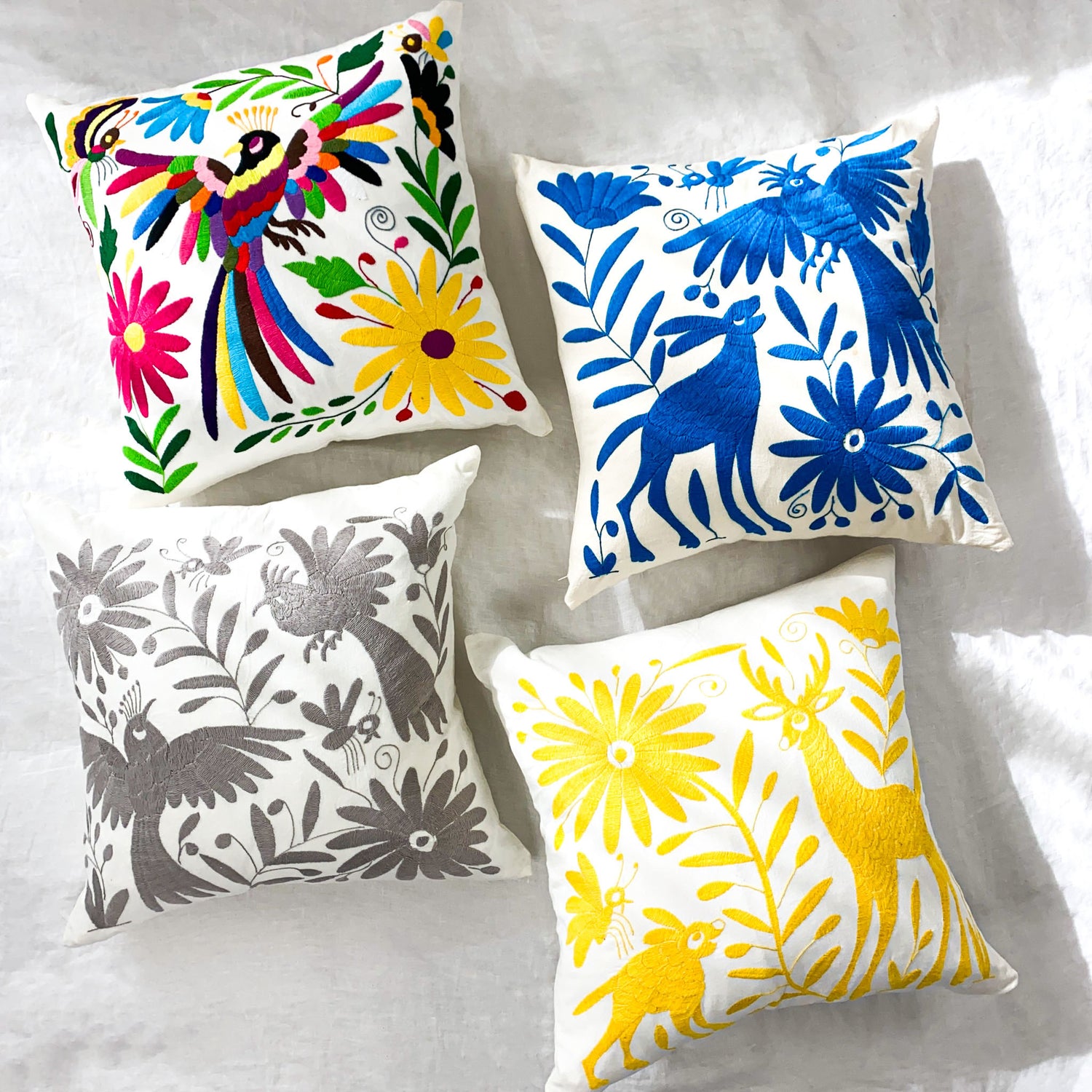
Tenango de Doria
Tenango embroidery is a traditional Mexican textile art from the Otomi community of Tenango de Doria, located in the state of Hidalgo. This embroidery style is characterized by its colorful and intricate designs, which often feature depictions of plants, animals, and geometric shapes. The Otomi people have been practicing this embroidery technique for generations, passing down their skills and designs from one generation to the next.
The embroidery is created using a technique known as satin stitch, which involves sewing threads of different colors onto a cotton or linen base fabric to create detailed designs. The threads used in Tenango embroidery are usually made from natural fibers, such as cotton or wool, and are dyed using traditional methods that have been used for centuries.
The designs in Tenango embroidery are rich in symbolism and often tell a story. Many of the designs feature animals and plants that are important to the Otomi people, such as deer, rabbits, cacti, and agave plants. Other designs may depict important events or myths from Otomi culture.
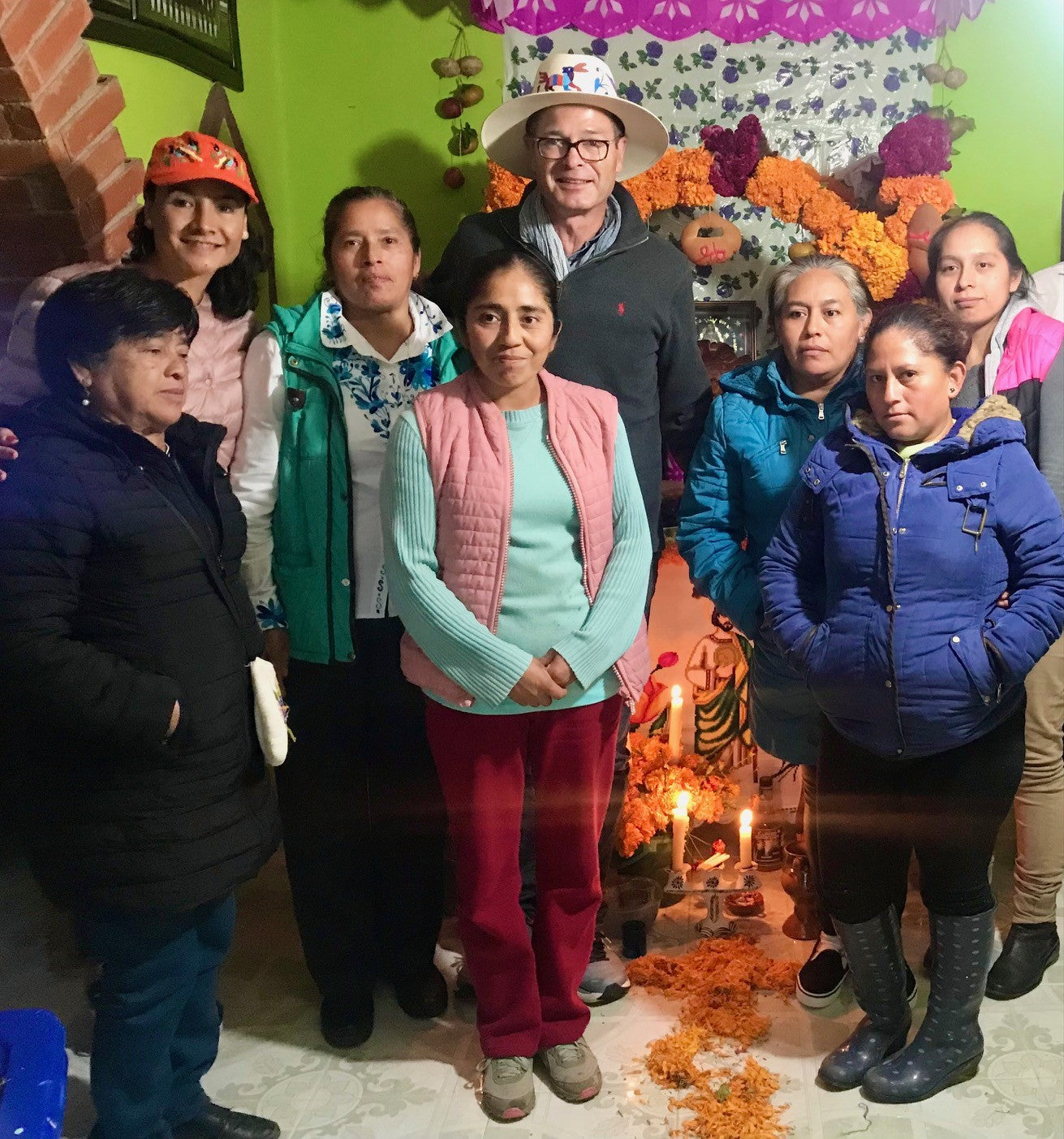
One of the unique features of Tenango embroidery is that it is often created by a group of women working together on a single piece. This cooperative approach to embroidery helps to strengthen the bonds between members of the community and preserve the traditional art form for future generations.

